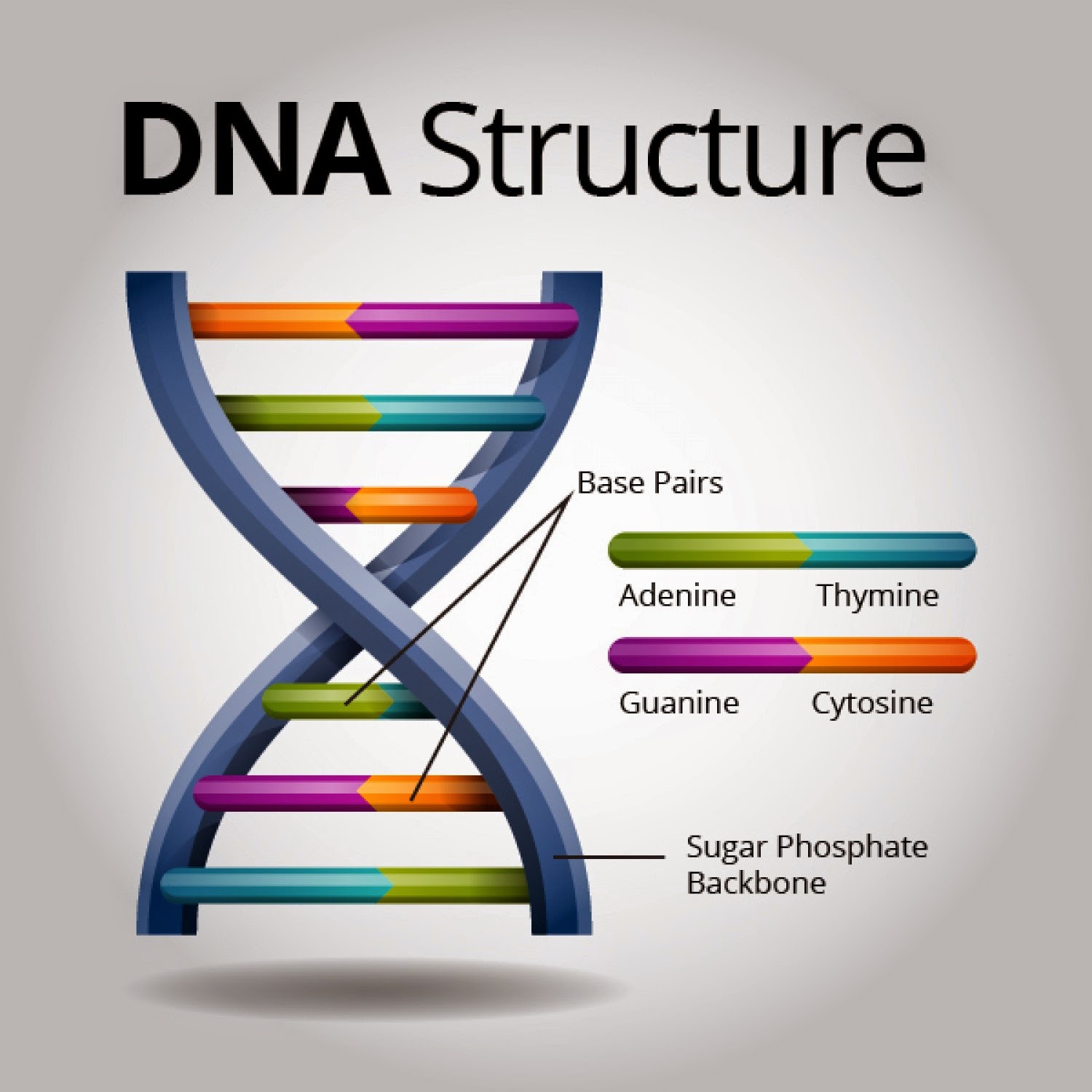DNA sequences: the very blueprint of life. These strings of nucleic acids, meticulously arranged, dictate the form and function of every organism on this planet. But what are they, really? Let’s delve into the intricate world of deoxyribonucleic acid and unlock its secrets. Prepare to have your understanding of biology reshaped.
At its core, a DNA sequence is a specific ordering of nucleotides. Think of it as a biological alphabet composed of four letters: adenine (A), guanine (G), cytosine (C), and thymine (T). These nitrogenous bases, covalently bonded to a deoxyribose sugar and phosphate group, form the fundamental building blocks, or monomers, of the DNA polymer.
Consider the analogy of a written language. Just as letters combine to form words, and words combine to form sentences, these nucleotides link together to create genes. Genes, in turn, are the functional units of heredity. They are the discrete sequences of DNA that encode instructions for building proteins.
The celebrated double helix structure of DNA, elucidated by Watson and Crick, is pivotal to understanding sequence. Imagine a twisted ladder. The sides of the ladder are composed of the sugar-phosphate backbone, while the rungs are formed by the pairing of the nitrogenous bases. This pairing is not random. Adenine invariably pairs with thymine (A-T), and guanine always pairs with cytosine (G-C). This strict adherence to base-pairing rules is crucial for replication and transcription, processes essential for life.
Let’s explore the functional ramifications of these sequences.
1. Encoding Proteins: The Central Dogma
The primary role of a DNA sequence is to encode the instructions for protein synthesis. This process, often referred to as the central dogma of molecular biology, involves two key steps: transcription and translation.
Transcription is the process by which the information encoded in a DNA sequence is copied into a messenger RNA (mRNA) molecule. Think of mRNA as a temporary transcript of the gene. This mRNA molecule then travels from the nucleus, where DNA resides, to the ribosomes in the cytoplasm.
Translation is where the real magic happens. At the ribosome, the mRNA sequence is read in three-nucleotide units called codons. Each codon corresponds to a specific amino acid. Transfer RNA (tRNA) molecules, acting as molecular delivery trucks, bring the appropriate amino acids to the ribosome, where they are linked together to form a polypeptide chain. This polypeptide chain then folds into a functional protein, such as an enzyme, a structural protein, or a hormone.
2. Regulating Gene Expression: Orchestrating Cellular Activity
Not all genes are expressed at the same time or in the same cells. The regulation of gene expression is a complex and tightly controlled process that allows cells to respond to their environment and differentiate into specialized cell types. DNA sequences play a critical role in this regulation.
Promoter regions, located upstream of genes, are binding sites for transcription factors. These proteins can either activate or repress gene transcription, depending on the cellular context. Enhancers and silencers are other regulatory elements that can influence gene expression from a distance.
Epigenetic modifications, such as DNA methylation and histone modification, can also alter gene expression without changing the underlying DNA sequence. These modifications can affect the accessibility of DNA to transcription factors, thereby influencing gene activity. Consider it akin to adding annotations to a musical score, changing the interpretation without altering the notes themselves.
3. Serving as Templates for Replication: Preserving Genetic Information
The ability to accurately replicate DNA is essential for cell division and inheritance. During replication, the double helix unwinds, and each strand serves as a template for the synthesis of a new complementary strand. The enzyme DNA polymerase catalyzes this process, ensuring that each new DNA molecule is an exact copy of the original.
The fidelity of DNA replication is remarkably high, but errors can occur. These errors, known as mutations, can have a variety of effects, ranging from no effect to detrimental consequences. Some mutations can lead to genetic diseases, while others can contribute to the development of cancer.
4. Providing Raw Material for Evolution: Fueling Diversity
Mutations, while sometimes harmful, are also the raw material for evolution. Over time, mutations can accumulate in a population, leading to genetic variation. Natural selection then acts on this variation, favoring individuals with traits that are better adapted to their environment. This process can lead to the evolution of new species.
Horizontal gene transfer, the transfer of genetic material between organisms that are not parent and offspring, is another important mechanism of evolution. This process is particularly common in bacteria and can lead to the rapid spread of antibiotic resistance genes.
5. Forensic Applications: Unlocking Identities
The unique sequence of an individual’s DNA provides a near-unfallible identifier. Forensic scientists leverage this characteristic, employing techniques like Short Tandem Repeat (STR) analysis to create DNA profiles. These profiles, akin to genetic fingerprints, are instrumental in solving crimes and establishing paternity.
The advent of genomics has revolutionized our understanding of DNA sequences. High-throughput sequencing technologies have made it possible to rapidly and cost-effectively sequence entire genomes. This has led to a wealth of new discoveries in biology and medicine.
From personalized medicine to gene therapy, the applications of DNA sequencing are vast and growing. As we continue to unravel the mysteries of the genome, we are poised to unlock new possibilities for treating diseases, preventing inherited disorders, and improving human health. The journey into the world of DNA sequences is a journey into the very essence of life itself. Its potential remains largely untapped, promising groundbreaking advancements in the years to come.










Leave a Comment